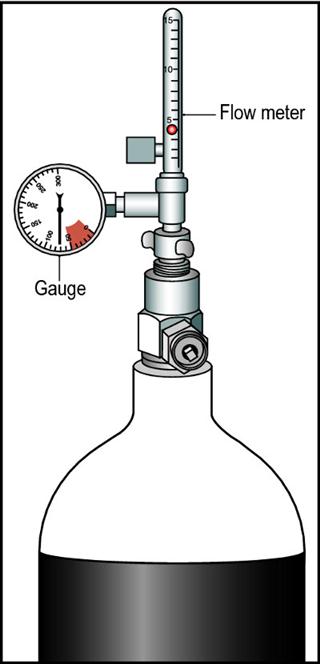oxygen delivery devices and flow rates uk
Oxygen saturation and delivery system including flow rate should be recorded on the patients monitoring chart. When warmed and humidified high flow.

Oxygen Delivery In The Home Setting
1 to 6 liters.
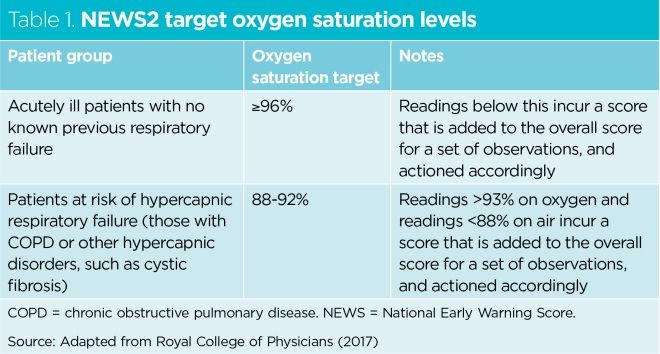
. For example patients commonly use a flow rate of 2 liters per minute but the flow rate varies by each patients needs. Draw gas from bag. Depending on a patients inspiratory effort tidal volume speed of inspiration and respiratory rate the PIFR can often exceed the flow rate at which oxygen or an oxygenair mixture is supplied by the device meaning that at the time of PIFR.
Nasal Cannulae Recommended in the Guideline as suitable for most paBents with both type I and II respiratory failure. You still have a normal peak inspiratory flow rate of 30Lmin but 10Lmin if being blown in your face via the face mask. The of oxygen delivery depends on the flow rate and the delivery device.
A flow rate of 2 liters per minute increases the FiO2 from 21 percent room air to. Adapters deliver set amounts of FiO2 at 24 to 60. Ensure adequate clearance of secretions and limit the adverse events of hypothermia and insensible water loss by use of optimal humidification dependent on mode of oxygen.
1L 24 2L 28 3L 32 4L 36 5L 40 6L 44. Lmin 1 Resultant oxygen concentration. 200969111 Bailey P Thomsen GE Spuhler VJ et alCrit Care MedJan2007351139145.
The respiratory rate was increased and its effect on the oxygen concentration assessed. Use for non-acute ward use or if mildly hypoxic. The nasal cannula is a device that has two prongs that are placed in the patients nostrils and deliver oxygen at flow rates of 1 to 6 liters per minute.
Low flow O2 delivery device 05-6 Lmin. Higher flows 4 Lmin make it uncomfortable for the patient. It is NOT the Lmin stated on the venturi that is delivered to the patient.
Hudson mask Delivers 30-40. Nasal cannula Delivers 24-30. Therefore you still need another 20Lmin to meet your inspiratory flow requirements.
These deliver oxygen rates above the normal inspiratory flow rate. These devices deliver a variable inspired oxygen concentration to the patient which depends on the PIFR. Oxygen delivery devices and flow rates should be adjusted to keep the oxygen saturation in the target range.
Prompt clinical assessment is required if oxygen therapy needs to be initiated or increased due to a falling saturation level. Oxygen should be prescribed and a signature should be entered on the drug chart on each drug round. Variable performance systems such as the Hudson mask deliver a significantly reduced oxygen concentration at high respiratory.
Oxygen delivery trucks X how full they are loaded X how fast they go DO2 138hgb X sat X CI pO2 X 0003 Entrainment ratios Estimating FiO2 Simple mask Open ports for exhaled gas Air entrained through ports if O2 flow through does not meet peak insp flow 35-55 O2 at 6-10 Lmin Partial rebreather mask O2 directed into reservoir Insp. 22 to 60 oxygen with appropriate oxygen flow rates of 05 to 2 Lminute. Oxygen delivery device Oxygen flow rate.
Now consider you are receiving 10Lmin of oxygen via a face maskat an FiO2of 100. Oxygen delivery by TTOC bypasses the anatomical dead space in the upper airways and mouth allowing oxygen to pass directly into the trachea. High flow delivery systems High flow devices are also known as fixed performance masks.
With this model we tested a series of devices - variable performance fixed performance and high flow - at two fixed tidal volumes. Low flow device Most common device used for mild hypoxia Can be set between 1 and 6 LPM 24 to 40 FiO2 FiO2 increases approximately 4 with each liter of O2 KorupoluR GJ Needham DMContemporary CriticalCare. The higher the flow rate the shorter the period they will last.
The oxygen in them lasts for up to three hours depending on the flow rate. 2 A simple face mask is a low-flow oxygen device. Reservoir cannula As mentioned previously reservoir cannulas improve the efficiency of oxygen delivery saving two to four times the oxygen delivered via continuous flow.
Reduce the work of breathing. 2 to 15 Lmin. Oxygen flow through a TTOC ranges between 05 and 4 Lmin 1.
Per minute will deliver approximately 24. Step up from nasal cannula but doesnt deliver specific of oxygen like venturi. Oxygen use has extended from inpatient to outpatient settings for patients with chronic pulmonary diseases and complications of hypoxaemia.
Deliver oxygen to paents. Only goes up to 60 FIo2 so not for patients who have significantly high oxygen demands bulky. Prompt clinical assessment is required if oxygen therapy needs to be initiated or increased due to a falling saturation level.
Hudson mask Teleflex Medical 56. Nasal cannulae Teleflex Medica 1. Selection of the appropriate flow rate and delivery device.
A minimum of 6 Lminute of oxygen flow is needed 2to prevent rebreathing of exhaled carbon dioxide. High-flow warmed and humidified nasal oxygen For patients who need higher concentrations of oxygen at flow rates of 10-40 liters per minute. A simple face mask can deliver 35 to 60 oxygen with an appropriate flow rate of 6 to 10 Lminute.
Can delivery precise and dependable FiO2. 26Lmin gives approx 2450 FIO2 FIO2 depends on oxygen flow and paents minute. 630 30 21.
Being a variable delivery device oxygen can be delivered at between lOL and 15L per minute and can provide 80-90 oxygen Pruitt and Jacobs 2003. Give oxygen therapy in a way which prevents excessive CO 2 accumulation - ie. Oxygen delivery by TTOC bypasses the anatomical dead space in the upper airways and mouth allowing oxygen to pass directly into the trachea.
Oxygen flow through a TTOC ranges between 05 and 4 Lmin 1. Weaning and discontinuation of oxygen. Hudson Nonrebreather Teleflex Medical 1012 80100.
This article presents an overview of oxygen devices oxygen concentrators compressed gas cylinders and liquid oxygen and delivery systems high- and low-flow. These oxygen cylinders weigh about two to three kg six to seven lbs and come with a carrying case. Oxygen delivery devices and flow rates should be adjusted to keep the oxygen saturation in the target range.
Designed to entrain a set amount of O2 and air which combine to produce a set flow of O2 the stated on the venturi. The flow rate is how many liters of oxygen per minute your device delivers.

Covid 19 And O2 Therapy Initial Prehospital Approach In Mild Symptomatic Patients Medest

Types And Characteristics Of Oxygen Delivery Devices Download Table

Ensuring The Safe Use Of Emergency Oxygen Therapy In Acutely Ill Patients Nursing Times
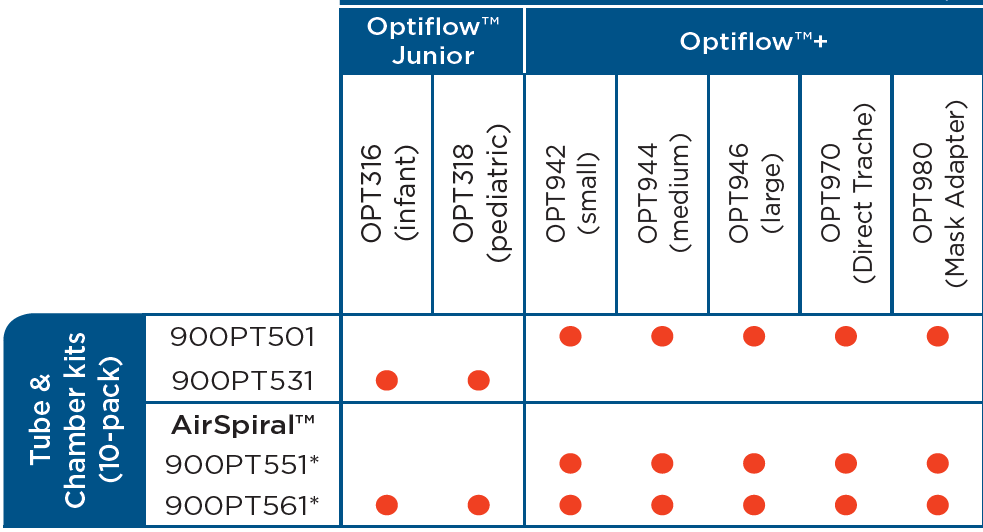
Clinical Guidelines Nursing Oxygen Delivery
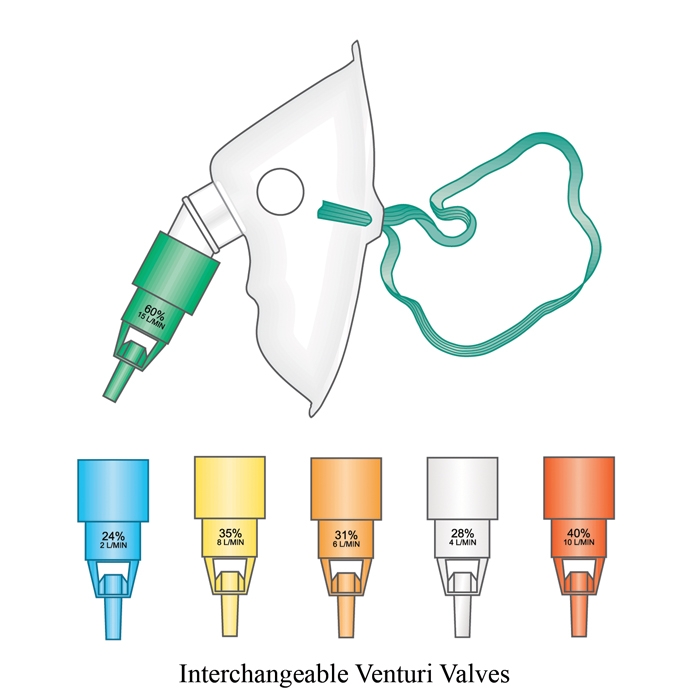
Airway Equipment Overview Common Airway Devices Geeky Medics
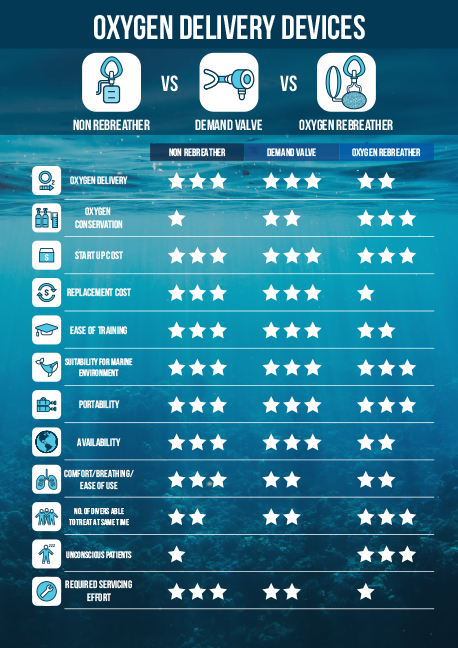
Comparing The Performance Of First Aid Oxygen Delivery Systems X Ray Mag

